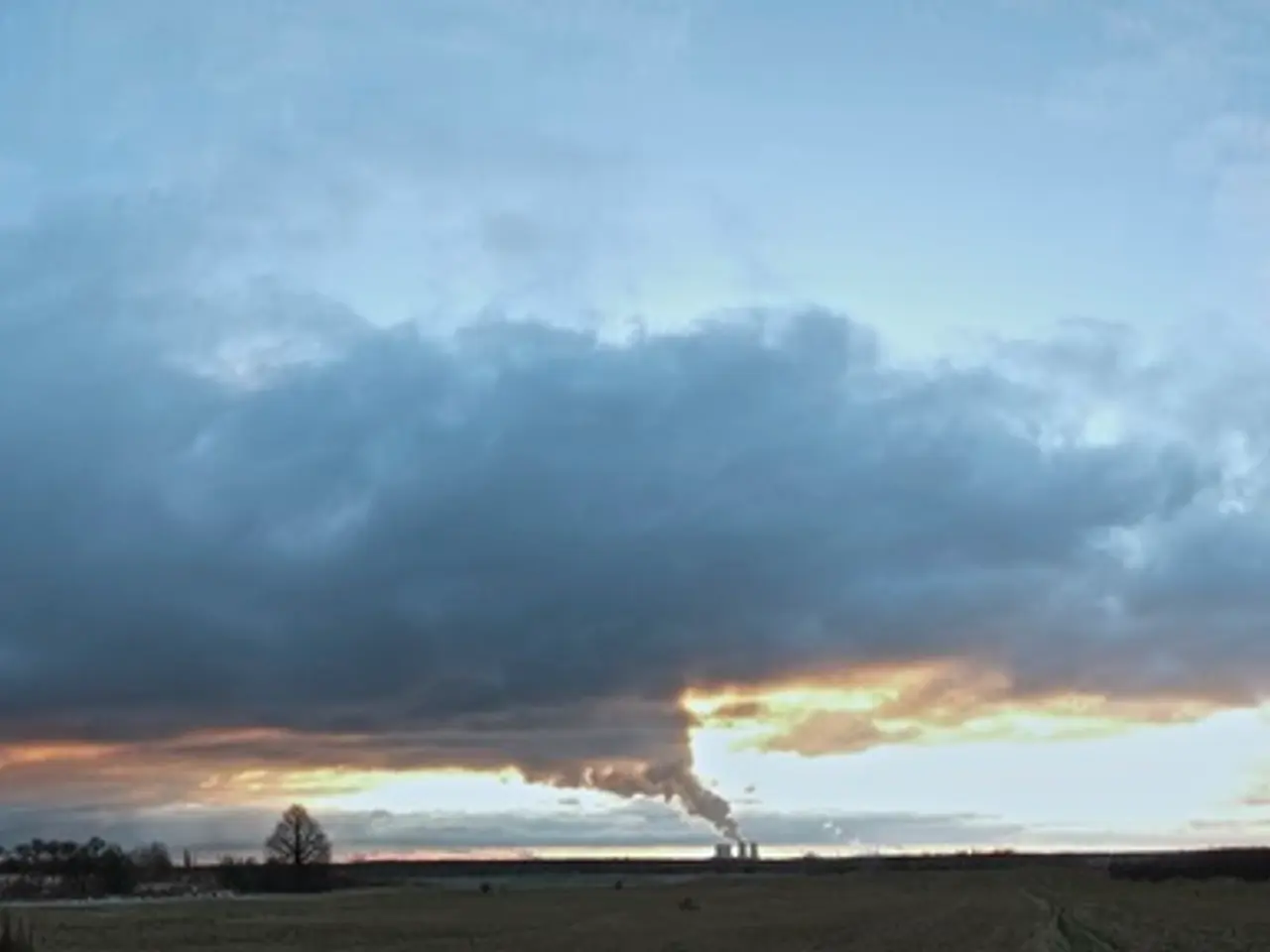Intense summer heat expected to persist over the next two weeks for the United Arab Emirates.
The United Arab Emirates (UAE) is gearing up for a prolonged period of extreme summer weather, with temperatures peaking from August 11 to August 24. This stretch of intense heat and high humidity, especially along coastal areas, is characterized by frequent dust storms, elevated humidity levels, and inland temperatures reaching up to around 48–51.8°C.
From August 11 to August 24, the UAE is facing 14 days of extreme heat. Inland desert areas like Sweihan have recorded temperatures near 52°C, just shy of all-time highs. Coastal cities like Dubai and Abu Dhabi experience highs in the low to mid-40s°C but with humidity levels up to 85%, increasing discomfort.
Around August 18, fair to cloudy skies with chances of light rainfall were observed, providing occasional respite from the heat. However, high temperatures persist.
After August 24, southern and southeastern winds are expected to bring some relief, making nights cooler and bringing a slight dip in daytime temperatures. Greater cooling and less humidity are expected from late September with the arrival of autumn, ending the intense summer heat phase.
The Storm Centre predicts these weather conditions for the next 14 days. Dust storms will be accompanied by non-rain-bearing clouds, intensifying the temperatures. These winds contribute to poor air quality and reduced visibility.
Residents are advised to continue taking precautions against heat exhaustion during these extreme conditions until the temperature starts to ease from late August onwards. Evenings will become noticeably cooler, offering respite from the intense daytime heat. These winds will bring some relief, as temperatures are expected to moderate slightly.
News of the upcoming 14-day period in the UAE focuses on the extreme heat, with temperatures peaking around August 18 and remaining high until late August. During this time, career weather forecasters predict dust storms, non-rain-bearing clouds, and poor air quality due to reduced visibility. In the field of environmental science, these weather conditions highlight the impact of extreme heat on the environment and population health. Despite the occasional respite from rain, it's essential for residents to continue taking precautions against heat exhaustion until the temperature starts to ease in the late days of August.








